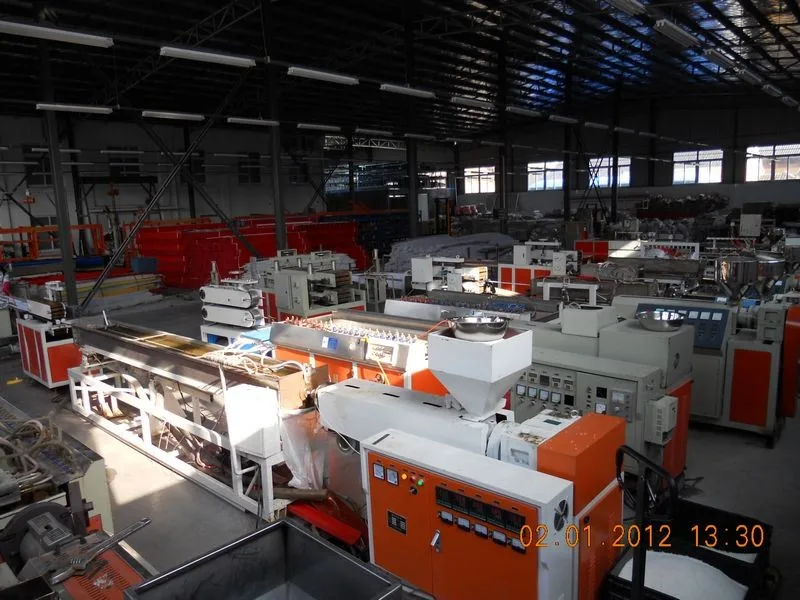Manufacturing High-Quality Thick Door Seal Strips for Optimal Insulation and Durability
Oct . 12, 2024 07:51 Back to list
Manufacturing High-Quality Thick Door Seal Strips for Optimal Insulation and Durability
Understanding Thick Door Seal Strips A Factory Perspective
In the realm of construction and home improvement, the importance of effective sealing solutions cannot be overstated. Among the various products available, thick door seal strips have gained significant popularity due to their ability to enhance energy efficiency, improve comfort, and provide sound insulation. This article delves into the manufacturing aspect of these vital components, exploring the processes involved, materials used, and the benefits they offer.
The Manufacturing Process
The production of thick door seal strips begins with the selection of high-quality raw materials. The primary materials used in creating these strips include rubber, silicone, and foam, each chosen for their unique properties. Rubber, for instance, is known for its durability and flexibility, making it an excellent choice for exterior applications. Silicone, on the other hand, provides excellent resistance to extreme temperatures, while foam offers lightweight and cost-effective options.
Once the materials are selected, the manufacturing process typically involves several key stages. Initially, the raw materials undergo a grinding process to achieve the desired texture and consistency. This is crucial, as the quality of the seal strip directly impacts its performance. After grinding, the materials are mixed with various additives that enhance properties such as UV resistance, flexibility, and adhesion.
Following the mixing phase, the compound is extruded into strips of varying thicknesses and widths. This extrusion process allows manufacturers to create customized sizes to meet the specific needs of different door types. After extrusion, the strips are cured through a process known as vulcanization, where heat and pressure are applied to enhance the material's durability and strength.
Quality control is an integral part of the production process. Each batch of seal strips is subjected to rigorous testing to ensure they meet industry standards. This includes evaluating their flexibility, tensile strength, and resistance to environmental factors. Manufacturers often employ advanced technology and equipment to conduct these tests, ensuring that only the highest quality products reach the market.
thick door seal strip factory

The Benefits of Thick Door Seal Strips
Thick door seal strips offer a multitude of benefits that make them an indispensable component in residential and commercial properties. One of the most significant advantages is their ability to improve energy efficiency. By sealing gaps around doors, these strips prevent drafts from entering the building, which can lead to substantial energy savings. This is particularly crucial in regions with extreme weather conditions, where heating and cooling costs can be significantly reduced.
Additionally, thick door seals contribute to enhanced acoustic insulation. They help to minimize noise transmission between rooms or from the outside environment, creating a more peaceful and comfortable living space. This feature is especially appreciated in urban areas where outside noise can be a persistent disturbance.
Moreover, they provide a degree of pest control. By sealing gaps and openings, these strips can help prevent insects and small rodents from entering the premises, contributing to a healthier living environment.
Conclusion
In summary, the production of thick door seal strips is a sophisticated process that combines quality materials with advanced manufacturing techniques. The resulting products not only enhance energy efficiency and comfort but also contribute to improved acoustic insulation and pest control. For homeowners and builders alike, investing in high-quality thick door seal strips is a smart choice that pays off in long-term savings and improved living conditions. As the market for home improvement continues to grow, the demand for effective sealing solutions is likely to rise, making the role of manufacturers in this industry increasingly vital.
-
LED Neon Rope Light Outdoor Companies: Durable & Bright Solutions
NewsAug.27,2025
-
Premium Window Seal Strip Adhesive: Manufacturers & Suppliers
NewsAug.26,2025
-
Best Window Seal Strip Adhesive Companies: Strong, Durable Seals
NewsAug.25,2025
-
Karcher A2004 Wet & Dry Vacuum Filter: Premium Replacement Cartridge
NewsAug.24,2025
-
Premium Vacuum Filter for Karcher VC 4, VC 6, VC 7 & Tineco A10, A11
NewsAug.23,2025
-
Hi-Flo HF155 Oil Filter KTM 250 EXC Racing 03-06 | OEM 580.38.005.000
NewsAug.22,2025
